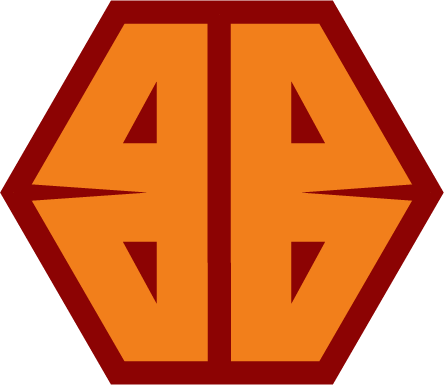 Anatomy is for everybody and every body.
Anatomy is for everybody and every body.
Deep Observation of the Human Body

Leonard Shapiro, B.Soc.Sc, B.A. is affiliated with the Department of Human Biology, University of Cape Town, South Africa. He has developed a novel, multi-sensory observation method that crucially employs the sense of touch (haptics) coupled with the simultaneous act of drawing. It is called the Haptico-visual observation and drawing (HVOD) method. In anatomy education, the benefits of using the HVOD method include the enhanced observation of the 3D form of anatomical parts, the cognitive memorisation of anatomical parts as a 3D 'mental picture', improved spatial orientation within the volume of anatomical parts, and an ability to draw. The HVOD method is taught in a group workshop online or face-to-face. These are offered to medical students, clinicians and anatomy lecturers in South Africa and abroad.
Leonard has taught the HVOD method at the University of Cape Town (South Africa), Newcastle University (England), The University of British Columbia (Canada), King's College London - The Gordon Museum of Pathology (England), University College Cork (Ireland), Weill Cornell Medical College (USA), University of Regensburg (Germany), University of Texas Southwestern Medical Centre (USA).
Leonard has also developed a number of art-based exercises, specifically designed to improve three-dimensional (3D) spatial awareness. These online courses are in collaboration with lecturers who are actively engaged in improving education methodology in anatomy. Leonard contributes to the anatomy education discourse via publications and articles and by presenting at anatomy conferences.
Websites: https://www.lateralleap.co.za/ https://zivahub.uct.ac.za/
Publications:
Reid, S., Shapiro, L., & Louw, G. (2019). How haptics and drawing enhance the learning of anatomy. Anatomical Sciences Education, 12(2), 164-172. https://doi.org/10.1002/ase.1807
Shapiro, L., Bell, K., Dhas, K., Branson, T., Louw, G., & Keenan, I. D. (2020). Focused multisensory anatomy observation and drawing for enhancing social learning and three-dimensional spatial understanding. Anatomical Sciences Education, 13(4), 488-503. https://doi.org/10.1002/ase.1929
Branson, T. M., Shapiro, L., Venter, R. G. (2021). Observation of patient’s 3D printed anatomical features and 3D visualization technologies improve spatial awareness for surgical planning and in-theatre performance. In Rea, P. M. (Ed.), Biomedical Visualisation: Volume 9. Springer




